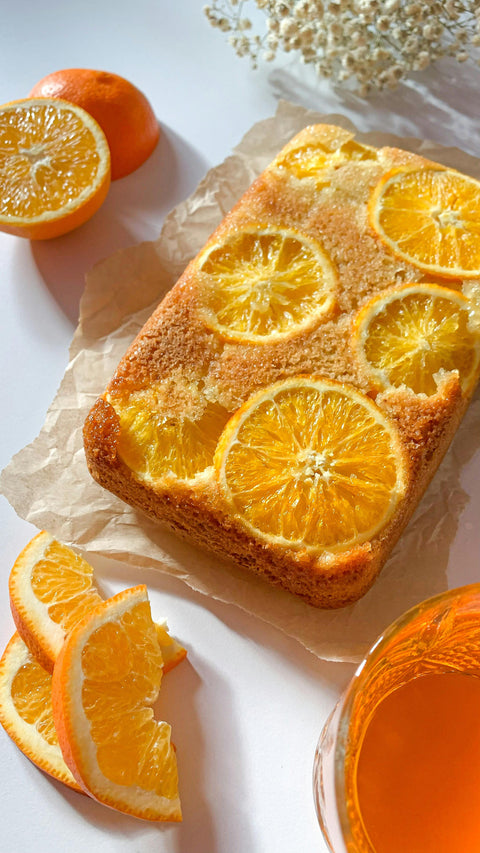When people imagine French cuisine, their minds often jump to baguettes, fine cheeses, buttery croissants, or delicate pastries. But one tiny item that regularly takes foreigners by surprise isn’t sweet or elegant—it’s sharp, tangy, and very green. We’re talking about le cornichon, the small French pickle that pops up in places where you least expect it.
Small but mighty: what is a cornichon?
Cornichons are a type of baby gherkin, picked while still very young and firm, then preserved in a vinegar brine with herbs and spices—typically tarragon, mustard seeds, garlic, and sometimes pearl onions. Unlike many pickles found abroad, especially in the US or UK, French cornichons are never sweet. They’re intentionally sharp, crisp, and intensely sour, meant to awaken the palate and cut through richness.
Where do the French use them? Pretty much everywhere.
The cornichon may look like a modest side garnish, but in France, it’s an essential part of the culinary experience. You’ll find them on charcuterie boards, next to slices of pâté or saucisson. They often accompany rillettes, terrines, or foie gras, balancing the fatty richness of these meats with their acidity. During raclette dinners, cornichons are as important as the melted cheese and potatoes. They’re even found in traditional French sandwiches like jambon-beurre (ham and butter on baguette), where they add crunch and zing.
Why do they surprise foreigners?
Most visitors expect French cuisine to be refined, smooth, and rich. So when a sharp, sour little pickle lands on the plate, it can seem oddly out of place. Many are caught off guard by the intense acidity and firm texture—far from the sweeter or softer pickles they might be used to.
Some foreigners wrinkle their noses at first bite. Others fall in love instantly. But what’s consistent is that the cornichon never goes unnoticed. It’s a perfect example of how the French embrace contrast in their food—balancing soft with crisp, creamy with acidic, indulgent with sharp.
A symbol of French taste
The cornichon is more than just a garnish; it reflects the French approach to food: every flavour has its place, and every ingredient has a purpose. Nothing is random. That tiny pickle is there to cleanse your palate, enhance the flavours around it, and offer a little surprise.
And perhaps that’s what makes it so memorable for foreigners. It’s unexpected, a little rebellious, and unapologetically bold—very French, in fact.
Among all the treasures of French cuisine, the humble cornichon stands out not because it tries to, but because it delivers a punch in the most unassuming way. So next time you’re in France and see a few green pickles on your plate—don’t push them aside. Embrace the surprise. They just might become your new favourite part of the meal.



